Lime Microsystems
Software Defined Radio
Altera
LimeSDR Mini
An open, full-duplex, USB stick radio for femtocells and more
Funding ended on Oct 30, 2017 at 04:59 PM PDT.
Lime Microsystems
Software Defined Radio
Altera
Funding ended on Oct 30, 2017 at 04:59 PM PDT.
The LimeSDR Mini development board is a hardware platform for developing and prototyping high-performance and logic-intensive digital and RF designs that use Altera’s MAX 10 FPGA and Lime Microsystems’ LMS7002M RF transceiver.
The LimeSDR and LimeSDR Mini are members of the same family of software-defined radios. One does not replace the other. Rather, they are complementary.
Simply put, the LimeSDR Mini is a smaller, less expensive version of the original LimeSDR. However, it still packs a punch - at its core, the LimeSDR Mini uses the same LMS7002M radio transceiver as its big sibling. The Mini has two channels instead of four, and, by popular demand, SMA connectors instead of micro U.FL connectors. Check out the comparison table below for more details.
We’ve already shipped thousands of LimeSDR boards and are about to clear out the backlog of remaining LimeSDR orders. The LimeSDR Mini is built on the LimeSDR supply chain, dev tools, and community in a way that makes software-defined radio more accessible than ever.
| HackRF One | Ettus B200 | Ettus B210 | BladeRF x40 | RTL-SDR | LimeSDR | LimeSDR Mini | |
|---|---|---|---|---|---|---|---|
| Frequency Range | 1 MHz - 6 GHz | 70 MHz - 6 GHz | 70 MHz - 6 GHz | 300 MHz - 3.8 GHz | 22 MHz - 2.2 GHz | 100 kHz - 3.8 GHz | 10 MHz - 3.5 GHz |
| RF Bandwidth | 20 MHz | 61.44 MHz | 61.44 MHz | 40 MHz | 3.2 MHz | 61.44 MHz | 40 MHz |
| Sample Depth | 8 bit | 12 bit | 12 bit | 12 bit | 8 bit | 12 bit | 12 bit |
| Sample Rate | 20 MSPS | 61.44 MSPS | 61.44 MSPS | 40 MSPS | 3.2 MSPS | 61.44 MSPS | 30.72MSPS |
| TX Channels | 1 | 1 | 2 | 1 | 0 | 2 | 1 |
| RX Channels | 1 | 1 | 2 | 1 | 1 | 2 | 1 |
| Duplex | Half | Full | Full | Full | N/A | Full | Full |
| Interface | USB 2.0 | USB 3.0 | USB 3.0 | USB 3.0 | USB 2.0 | USB 3.0 | USB 3.0 |
| Programmable Logic Gates | 64 macrocell CPLD | 75k | 100k | 40k (115k avail) | N/A | 40k | 16K |
| Chipset | MAX5864, MAX2837, RFFC5072 | AD9364 | AD9361 | LMS6002M | RTL2832U | LMS7002M | LMS7002M |
| Open Source | Full | Schematic, Firmware | Schematic, Firmware | Schematic, Firmware | No | Full | Full |
| Oscillator Precision | +/- 20 ppm | +/- 2 ppm | +/- 2 ppm | +/- 1 ppm | ? | +/-1 ppm initial, +/-4 ppm stable | +/- 1 ppm initial, +/- 4 ppm stable |
| Transmit Power | -10 dBm+ (15 dBm @ 2.4 GHz) | 10 dBm+ | 10 dBm+ | 6 dBm | N/A | max 10 dBm (depending on freq.) | max 10 dBm (depending on freq.) |
| Price | $299 | $686 | $1,119 | $420 ($650) | ~$10 | $299 | $99 |
In addition to the LimeSDR Mini iteself, we’re also offering a few accessories.
We’ve designed a custom acrylic enclosure to protect your LimeSDR Mini and make it easy to throw it into your pocket or bag without worrying about damaging the board.
We’re offering omni-directional antennas with SMA connectors, optimized for frequency ranges of 800-960 MHz, 1710-2170 MHz, and 2400-2700 MHz. These are the same same antennas used with the full-size LimeSDR.
As with the original LimeSDR, the LimeSDR Mini is a free and open source project made in collaboration with the Myriad-RF project. We will be releasing code, firmware, schematics, layout, and associated project files shortly.
The LimeSDR Mini uses the same host-side software, called LimeSuite, as the full-size LimeSDR. LimeSuite is entirely open source and supports a variety of software-defined radios. You can learn more about LimeSuite at its GitHub repository and Myriad-RF project page.
A big part of the LimeSDR ecosystem is the Snappy Ubuntu Core app store being developed jointly with Canonical and the LimeSDR community. Because the LimeSDR and LimeSDR Mini use the same drivers and APIs, the snaps developed for one should work equally well for the other so long as they are within the operating specification.
We currently have working prototypes and don’t expect any major changes before going to production. We’ve had a great working relationship with our manufacturing partner for a number of years already — they were also the manufacturer for LimeSDR — and we know they can deliver high-quality, well-tested assembled boards. The working prototype shown in the images below has MMCX connectors - the final version will have two SMA connectors and a U.FL connector for external clock input.



As in the original LimeSDR campaign, the supply chain is the biggest risk — parts shortages could delay production. However, since the critical parts we’re using in LimeSDR Mini are the same as those in the LimeSDR, the Mini will benefit from the considerable work we’ve already put into creating the LimeSDR supply chain.
All orders will be shipped from Crowd Supply’s warehouse in the United States. For a product of this scale, maintaining a separate fulfillment operation in Europe is not economically feasible and would actually increase the overall cost to the end customer. You can find out more about Crowd Supply’s shipping fulfillment in their Guide.
Produced by Lime Microsystems in Guildford, England.
Sold and shipped by Crowd Supply.

Thanks for helping democratize wireless networks.
Want to buy this item? Check the current project page for the latest information.

The LimeSDR Mini is the perfect way to start experimenting with and building your own wireless networks, protocols, and testers.
Want to buy this item? Check the current project page for the latest information.
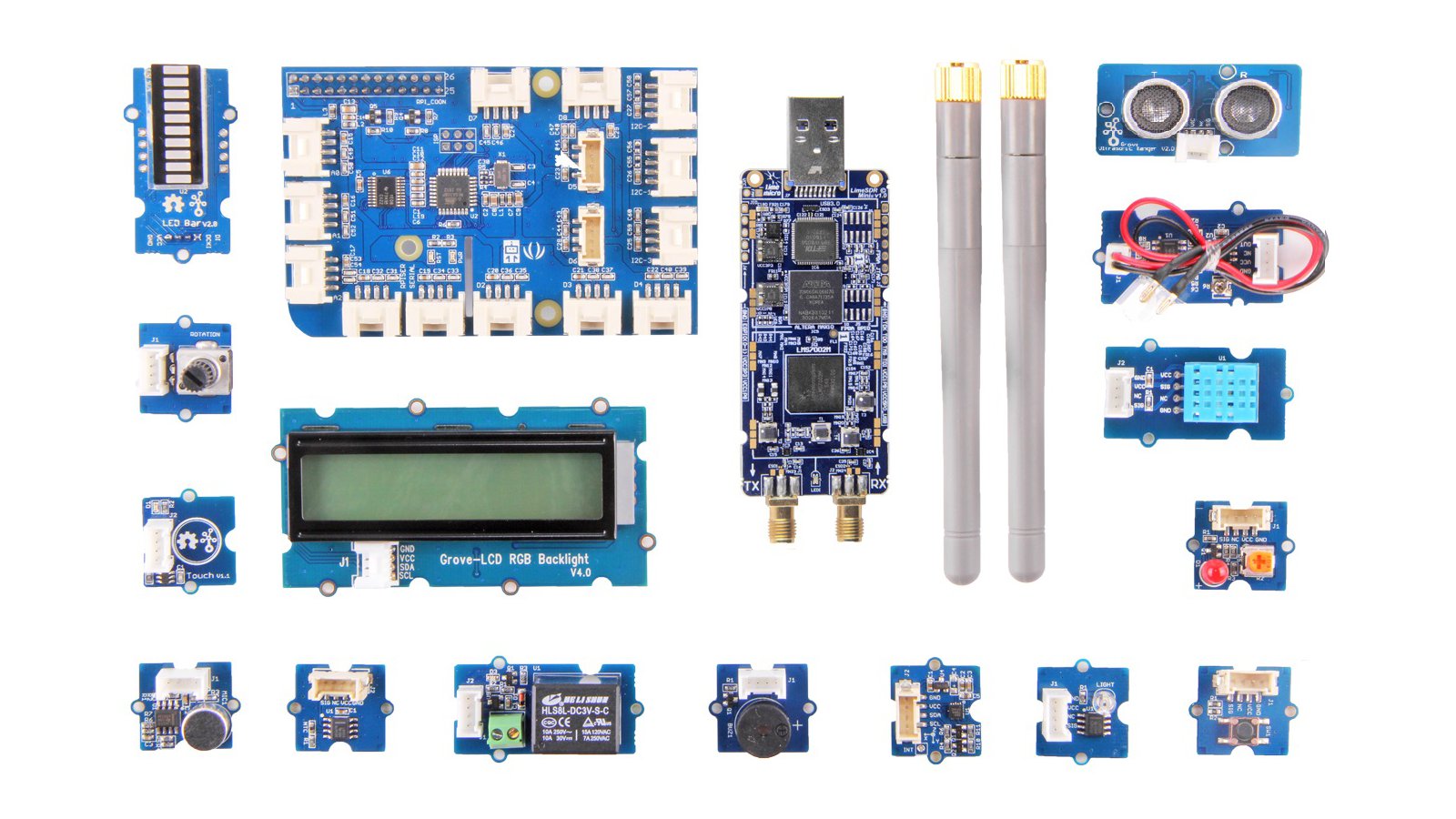
A collaboration with Seeed Studio, this 21-piece kit comes with a LimeSDR MIni, two antennas optimized for the 433/868/915 MHz unlicensed bands, a GrovePi+, an acrylic base plate, a USB extension cable, and a wide variety of Grove sensors and actuators: Ultrasonic Ranger, Temp&Humi Sensor, Temperature Sensor, Rotary Angle Sensor, Button, Light Sensor v1.2, 3-Axis Digital Accelerometer (±1.5 g), Relay, Sound Sensor, LCD RGB Backlight, Buzzer, Red LED, LED Bar 2.0, Touch Sensor, and Piezo Vibration Sensor. Compatible with Scratch. Raspberry Pi, power supply, and microSD card not included.
Want to buy this item? Check the current project page for the latest information.
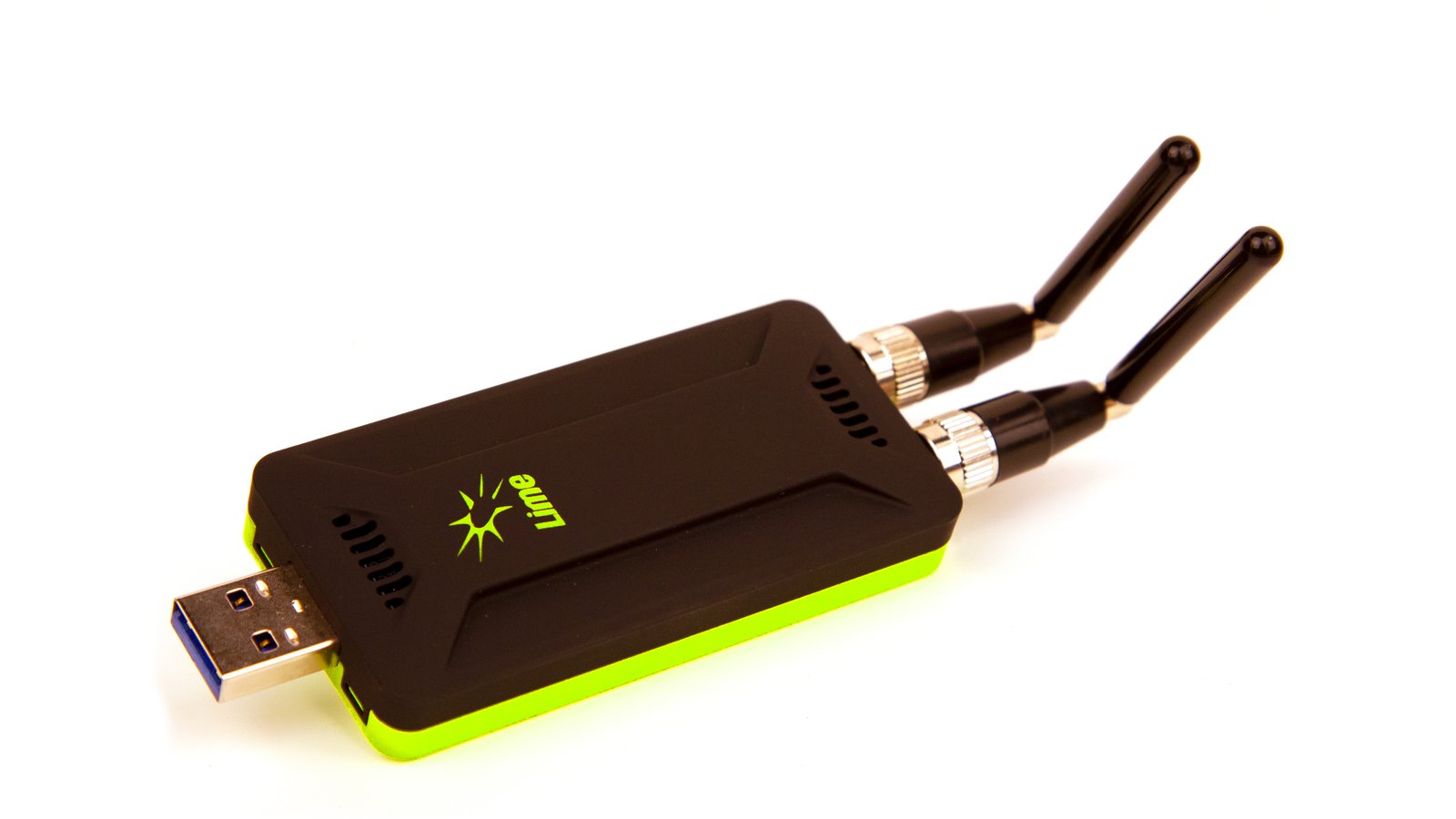
This custom-made aluminum case comes with a LimeSDR Mini and two antennas. The case not only keeps your LimeSDR Mini safe, but it also helps reduce noise interference. Perfect to slip into your pocket for all your on-the-go wireless adventures.
Want to buy this item? Check the current project page for the latest information.

This highly integrated, four-channel frequency-shifter can be used with all variants of the LimeSDR - from Mini and USB, to PCIe and QPCIe - to extend their frequency coverage up to 10 GHz.
Want to buy this item? Check the current project page for the latest information.
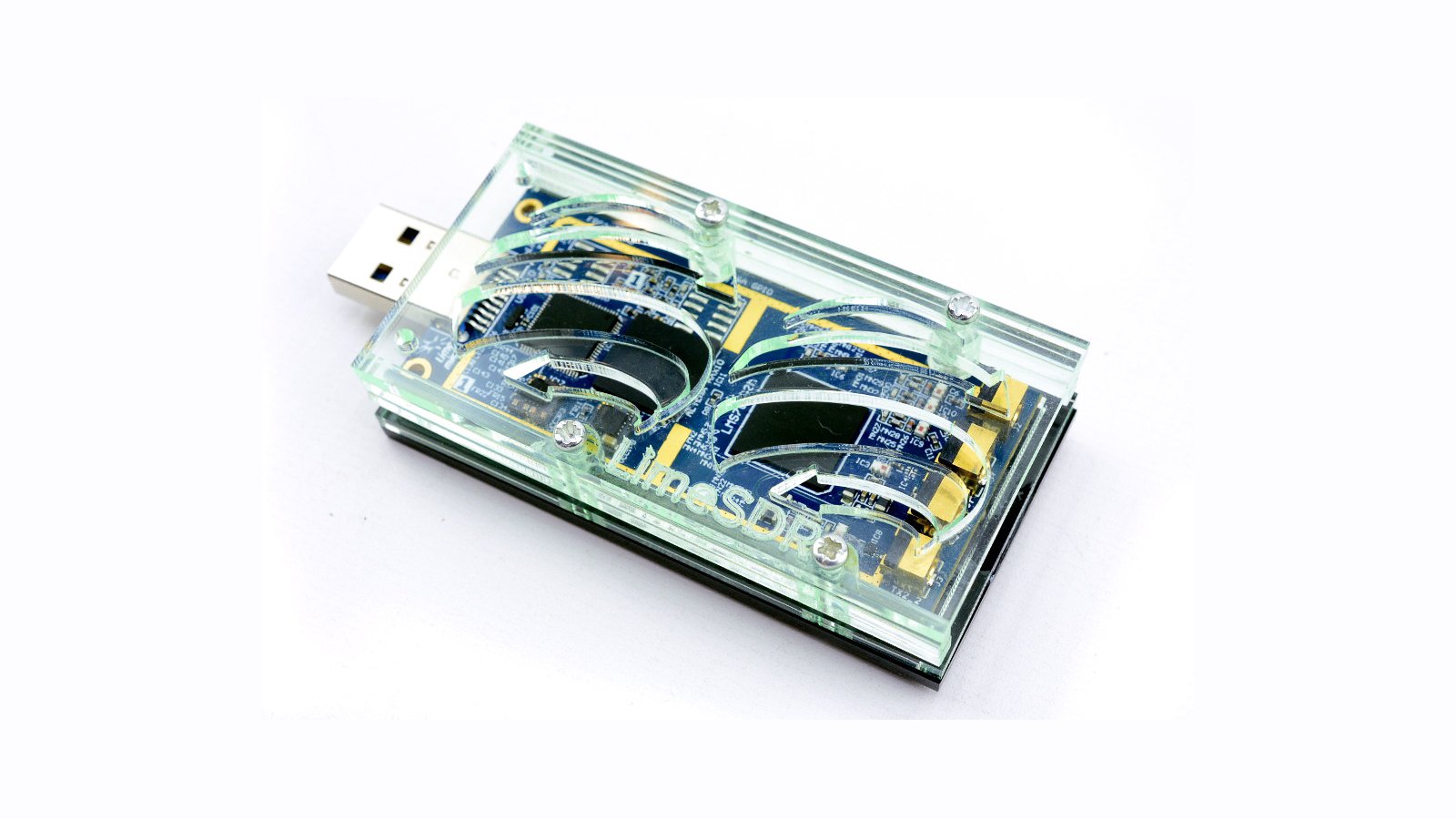
Keep your LimeSDR Mini safe in this custom acrylic case.
Want to buy this item? Check the current project page for the latest information.
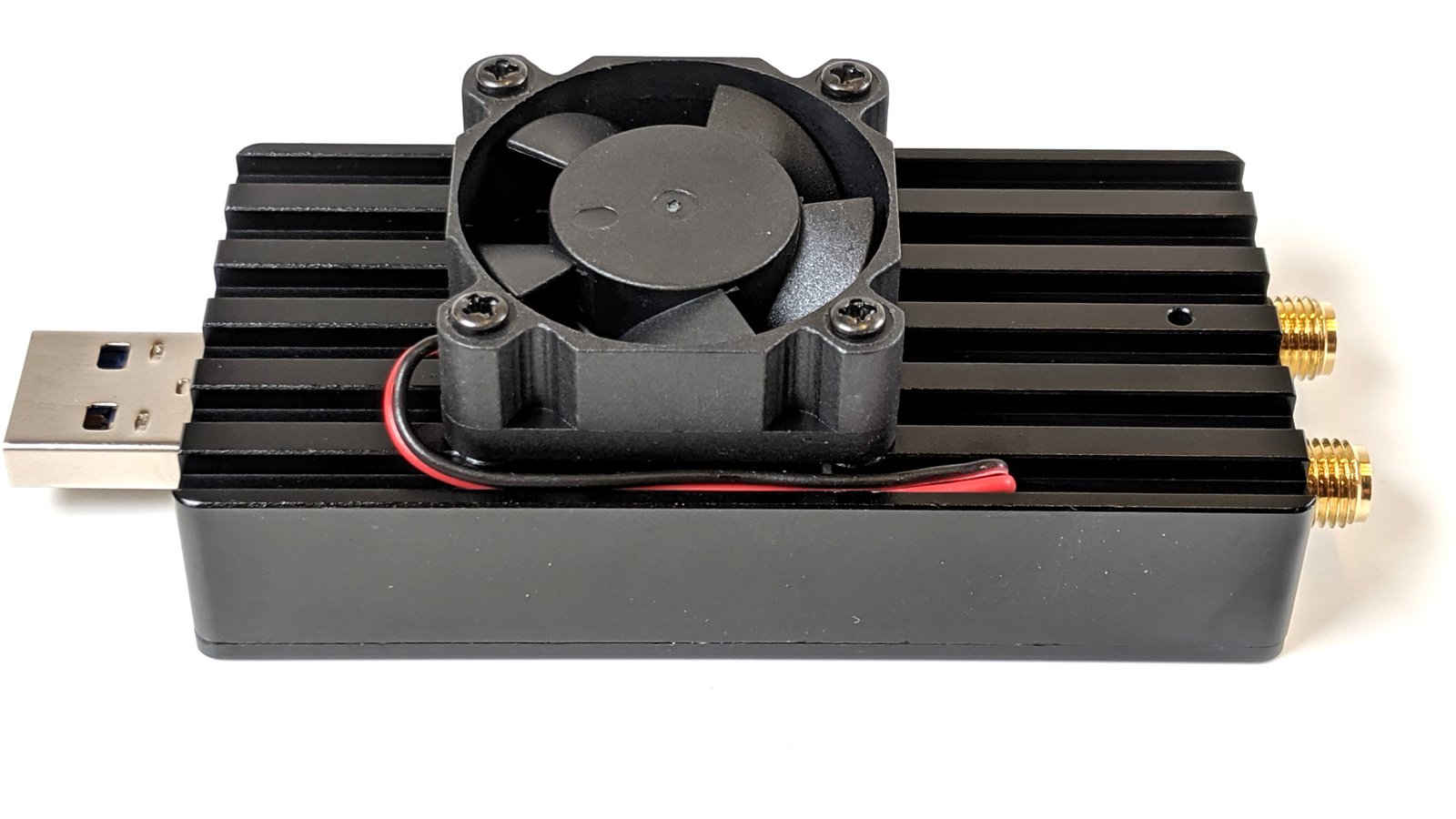
From the Lime AC Case project.
An aluminum case for LimeSDR Mini, including one fan. This case is NOT compatible with LimeSDR Mini 2.0.
Want to buy this item? Check the current project page for the latest information.

A pair of omni-directional antennas with SMA connectors, optimized for frequency ranges of 800-960 MHz, 1710-2170 MHz, and 2400-2700 MHz.
Want to buy this item? Check the current project page for the latest information.
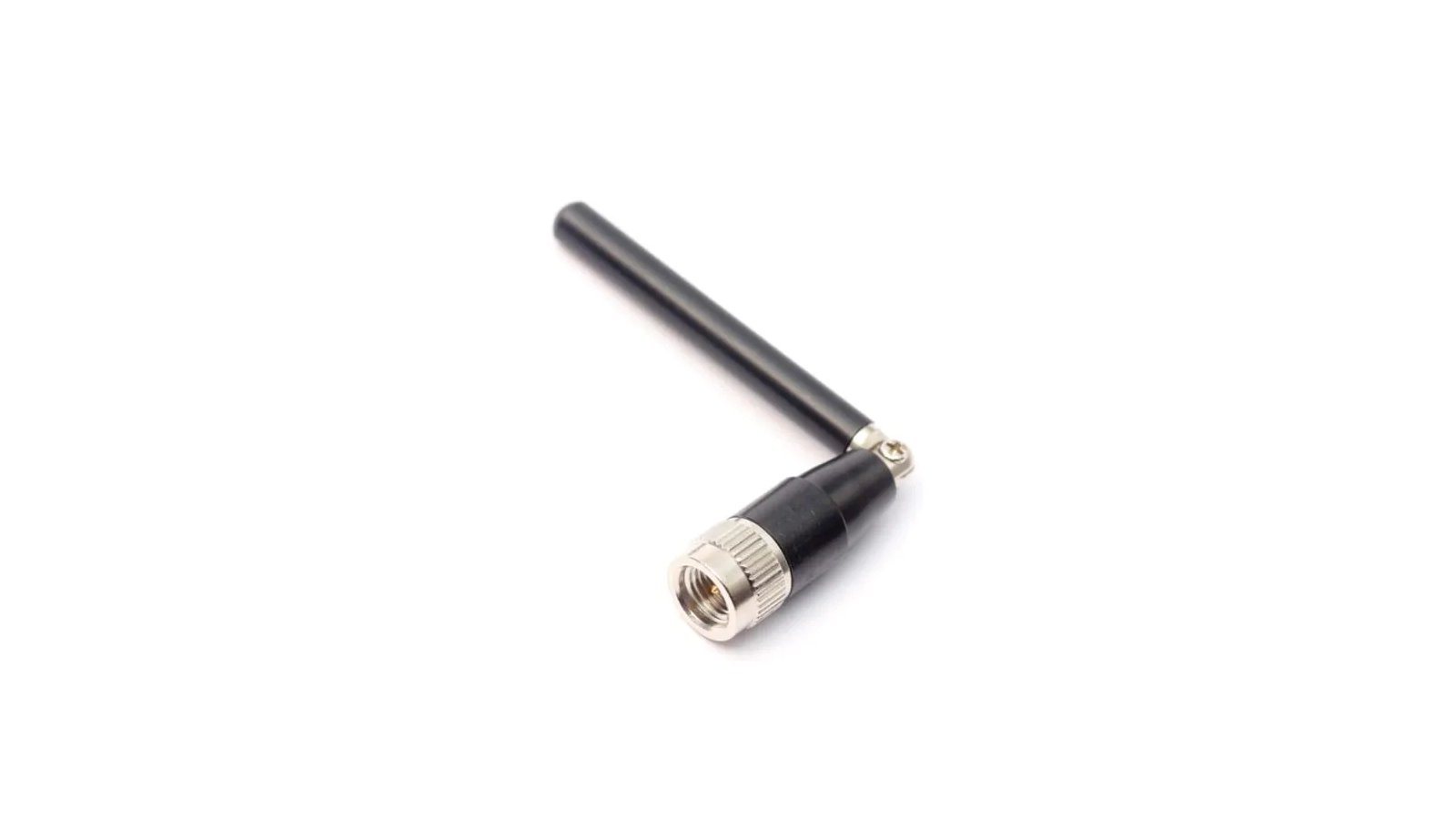
From the Crowd Supply Basics project.
A TG.09 4G/3G/2G cellular hinged SMA(M) mount monopole antenna.
Want to buy this item? Check the current project page for the latest information.

Be one of the first to get a LimeSDR Mini. Limited quantity and steeply discounted.
Want to buy this item? Check the current project page for the latest information.

This package comes with 200 customized, high-quality, aluminum enclosures with the logo of the sponsor organization. Includes a complete software suite and accessories bundle for an out-of-the-box experience. Lime Micro will directly provide support to the sponsor and create and maintain a dedicated app store for the applications defined by the sponsor.
Want to buy this item? Check the current project page for the latest information.
· limemicro.com · myriadrf · LimeMicro · limemicro
Working toward the democratization of wireless communication through an open source ideology.